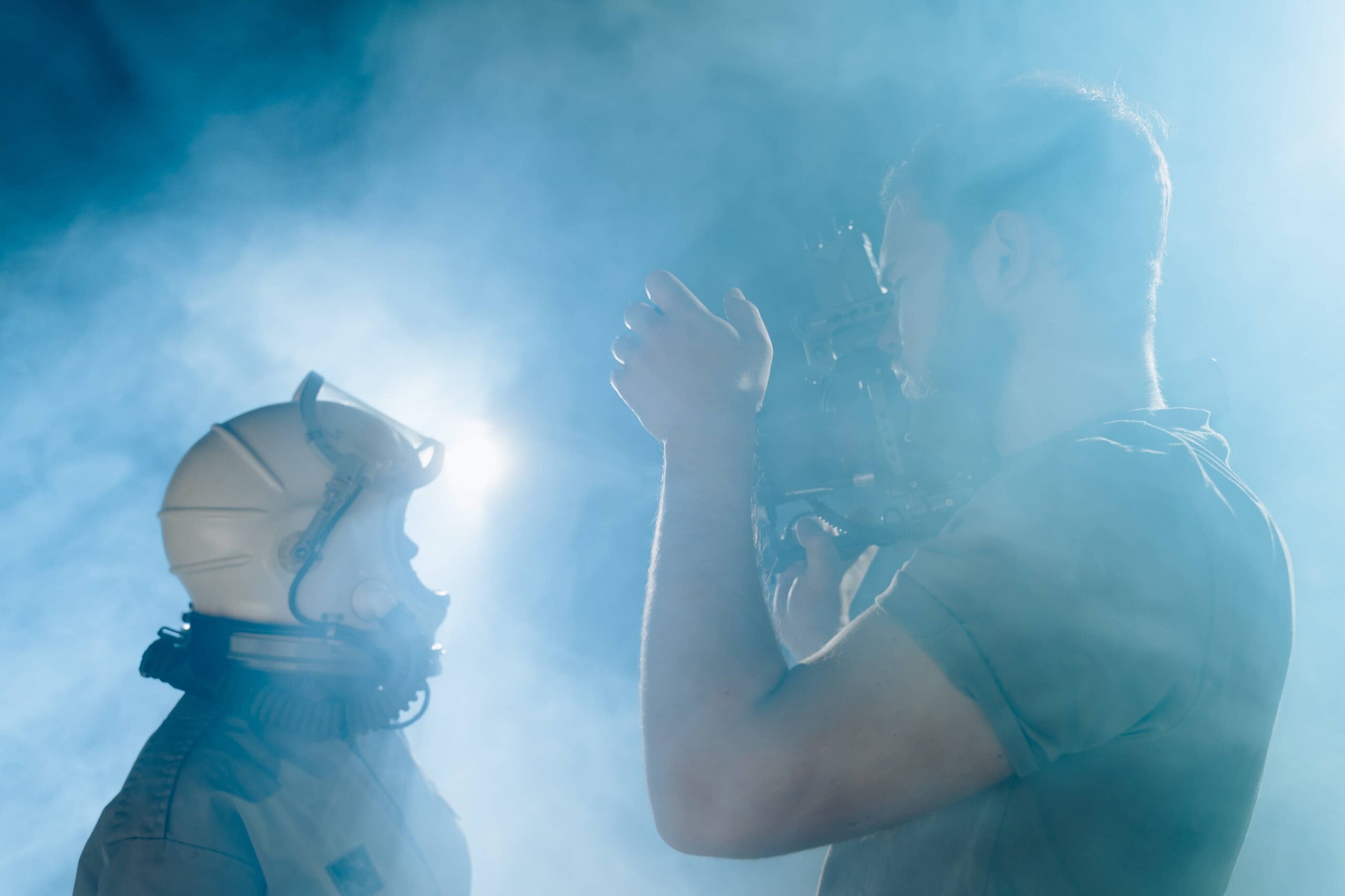As a photographer, it’s important to pay attention to the composition of your shots. A well-composed photograph can draw the viewer’s eye to the subject and tell a story, while a poorly composed one can distract and detract from the overall image. In this post, we’ll go over some tips and techniques for composing the perfect shot, also checkout our article on 10 tips for taking better photos with your smartphone.
First, let’s talk about the rule of thirds. This is a basic principle of composition that involves dividing the frame into nine equal parts, with two horizontal and two vertical lines. The idea is to place the subject along one of the lines or at the intersection of them. This creates a sense of balance and leads the viewer’s eye around the frame.
For example, if you’re taking a portrait, you might place the subject along the top horizontal line, with their eyes at the intersection of that line and the left vertical one. This creates a sense of balance and helps the viewer’s eye move naturally through the frame.
Another technique for creating a well-composed shot is to use leading lines. These can be anything from a road or a fence to a person’s gaze or outstretched arm. Leading lines draw the viewer’s eye through the image and can help guide them to the subject.
For example, if you’re taking a landscape shot and there’s a winding road leading up to a mountain in the distance, using that road as a leading line can help create a sense of depth and movement in the shot. Similarly, if you’re taking a portrait and the subject is looking off to the side, their gaze can serve as a leading line that guides the viewer’s eye around the frame.
Balance is another important factor in composition. You want to create a sense of balance in the frame, whether that’s through the placement of elements or the distribution of colors and tones.
For example, if you’re taking a shot of a person standing on one side of the frame, you might want to include something on the other side to balance the image out. This could be a tree, a building, or even just some negative space. Similarly, if you have a lot of bright, bold colors on one side of the frame, you might want to include some more neutral tones on the other side to create balance.
Depth is another element that can add interest and dimension to a photograph. You can create depth in a shot by using perspective, such as shooting from a high angle or a low angle, or by layering elements in the frame.
For example, if you’re taking a shot of a cityscape, shooting from a high angle can give the impression of looking down on the scene and create a sense of depth. Alternatively, if you’re taking a shot of a landscape, including elements in the foreground, middle ground, and background can create depth and a sense of distance.
Finally, don’t forget about negative space. This is the empty or unoccupied space in the frame, and it can be just as important as the subject itself. Negative space can help create balance, emphasize the subject, and add visual interest to the shot.
For example, if you’re taking a shot of a person standing in front of a plain, white wall, the negative space of the wall can help emphasize the subject and create a clean, minimalist look. Alternatively, if you’re taking a shot of a landscape with a lot of elements, including negative space can help give the viewer’s eye a place to rest and create balance in the frame.
In conclusion, composing the perfect shot involves taking into account a number of different factors, including the rule of thirds, leading lines, balance, depth, and negative space. By paying attention to these elements and experimenting with different techniques, you can create beautiful, well-composed photographs that capture the essence of your subject and tell a story.
It’s important to remember that there are no hard and fast rules when it comes to composition, and the best way to improve is to practice and experiment. Take the time to study the work of other photographers and see how they compose their shots. Then, try incorporating some of these techniques into your own work and see what works best for you.
Composition is an ongoing learning process, and the more you practice, the better you’ll become at creating beautiful, well-composed shots. So don’t be afraid to try new things and see what works for you. With a little bit of experimentation and practice, you’ll be on your way to creating the perfect shot in no time.



